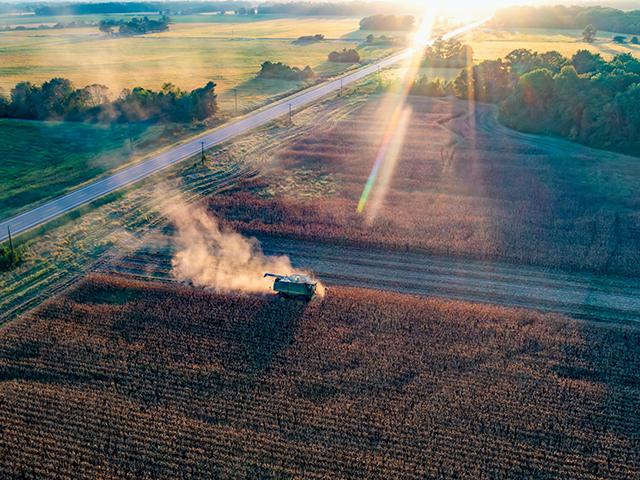From Progressive Farmer:
New economic drivers are emerging that will forever change the landscape of agriculture and the value of farmland.
Location and yield will always be important, but changes in crop and animal genetics, climate shifts and new technologies are escalating in importance. Subtle and decades in the making, these market movers will create opportunities and challenges for both buyers and sellers of farmland.

North Dakota’s Joe Morken has been watching land prices in the Red River Valley increase for more than 25 years. The third generation to farm in the Casselton area, Morken says a shift out of wheat and into corn has been pivotal for his family’s nonirrigated operation.
“You can’t understate the value of genetics when it comes to corn production here,” he says. “Back in the 1980s, if you could break 100 bushels to the acre on corn, that was really doing something. Today’s earlier-maturing genetics allow us to double that some years. Add to that the growth we’ve seen in the ethanol industries in this region, and we have good reason to keep planting corn. It’s changed the focus of our business model.”
Those opportunities haven’t come without challenges. Morken says extreme volatility in fertilizer prices has been especially tough to adapt to as a corn producer. Last year, he booked urea at $1,000 per ton; this year, he’s looking at $400 to $500 per ton. The other challenge is labor. Morken says hiring drivers to keep trucks and grain carts running for combines in a tight harvest window is a major hurdle. But, the area’s increased productivity and cropping options have positively impacted land values in the region, he believes.
“In the Red River Valley, it’s not just corn that pays the bills, it’s soybeans, and it’s sugar beets,” he notes. All of which has drawn more interest to this land market.
This year, the state’s annual report on rental rates showed a wide range for nonirrigated cropland, from as low as $29.20 per acre to up to $150.50 per acre. In Cass County, where Morken farms, average rents were reported at $120 per acre. The USDA’s annual “Land Values” report, released in August, put North Dakota cropland at an average price of $2,660 per acre, marking a 13.2% increase over 2022.
“Land prices have increased substantially,” Morken explains. “In my opinion, strong profits in 2022 are one of the key reasons. Beans, corn … all commodity prices have been up. So, there is more money out there. And, on the eastern side of the Dakotas, we see a strong investor side to the market pushing prices even higher. They come out of the cities, buy land and don’t even farm it.”
